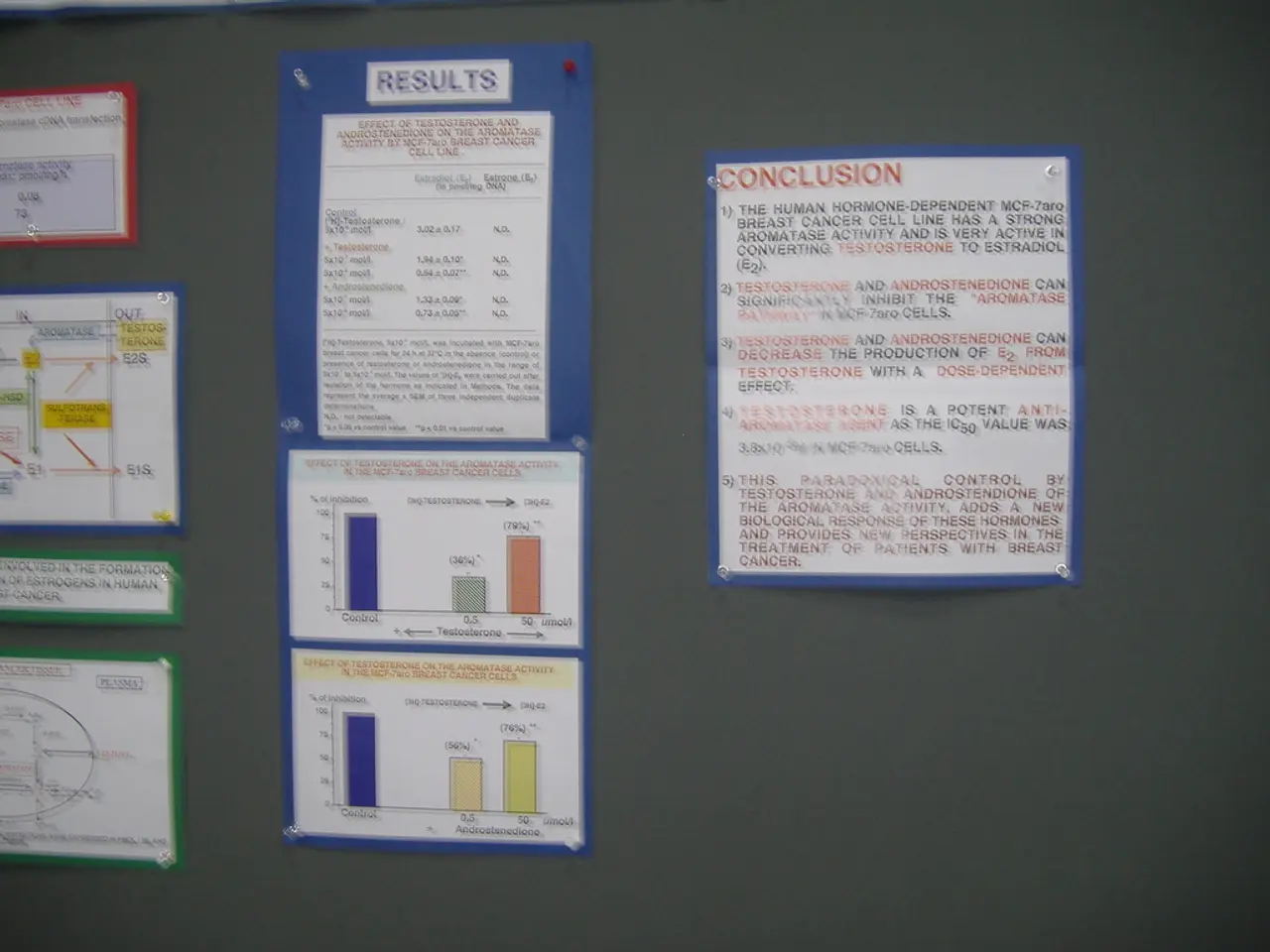Length of Stay in the Schengen Area: Simplifying the 90/180 Day Rule
The Schengen 90/180 day rule is a crucial aspect to consider for non-EU travellers planning to visit multiple countries within the Schengen Area. This rule sets the limit for the number of days a visitor can stay in the entire Schengen Zone within any rolling 180-day period.
The rule is cumulative across all Schengen countries, not per country. This means that the 90 days you spend in one country will be added to the 90 days you spend in another, and so on. The count does not reset when you leave and then return—the clock always looks back 180 days from the current date to count your days present in the zone.
Every calendar day spent physically in any Schengen country counts as one full day, including both arrival and departure days, even if just passing through. Days spent in non-Schengen countries, such as the UK and Ireland, do not count toward the 90 days.
Days covered by a valid national visa or residence permit may not count towards the 90 days, but this usually applies only to that country and does not grant free movement across the Schengen Area. Exceptions to the rule mainly include holders of long-term national visas or residence permits issued by one Schengen country, which permit stays beyond 90 days but often restrict travel freedom across the zone.
Overstaying beyond the allowed 90 days can lead to penalties including fines, deportation, entry bans, and future travel restrictions within the Schengen Zone. Entry bans can be imposed if someone overstays, does not leave on time, or violates the terms of their visa-free entry or visa conditions.
To avoid accidental overstays, travelers are advised to use calculation tools like ninety180.com to track their days accurately. This free website helps calculate days used from your 90-day allowance in a calendar format.
It's important to note that the ETIAS Visa, planned to come in 2025, does not affect the 90/180 rule. The 180 day period for the 90/180 rule does not include days spent in the Schengen Zone before the 180 days prior to the current trip.
In summary, you may stay up to 90 days in any 180-day period within the entire Schengen Zone cumulatively. Leaving and re-entering does not reset your 90 days. Overstaying risks fines, deportation, and entry bans. Certain visas and residence permits provide exceptions but usually are country-specific. Tracking your Schengen days carefully is essential to comply.
This framework ensures short-term stays and border-free travel for tourists while preventing unauthorized long-term residence without proper visas.
The plot of your travel itinerary should include careful consideration of the Schengen 90/180 day rule, as it restricts the number of days you can stay in the entire Schengen Area within any 180-day period. If you need assistance in planning your lifestyle, consider using a tool like ninety180.com to help track the days you spend in Schengen countries, ensuring you don't accidentally overstay and face potential penalties.




